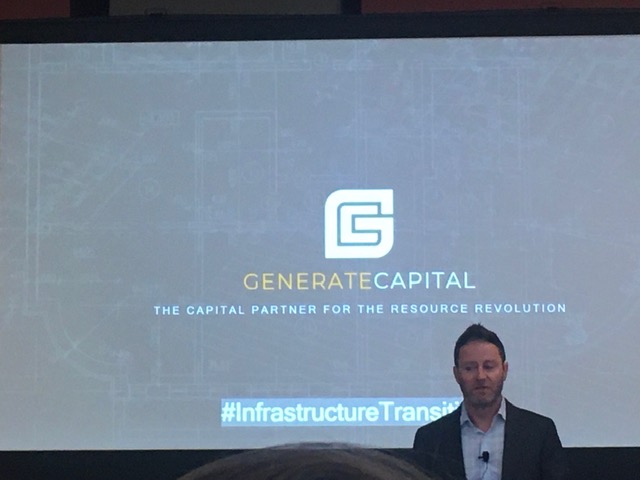 These past couple of weeks I have had the opportunity to be on the Stanford University campus for several different reasons; threads from one of these events are interesting for our isolated Wood River Valley.
These past couple of weeks I have had the opportunity to be on the Stanford University campus for several different reasons; threads from one of these events are interesting for our isolated Wood River Valley.
The Stanford Graduate School of Business held its 2020 Climate, Business, and Innovation Summit, with top-level speakers sharing their thoughts on the business opportunities in climate change, as well as the risks for businesses that ignore it. (One audience member I met is raising a hedge fund just to short stocks of those companies that don’t realize their exposure.)
If one of the top business schools in the country is hosting a climate and innovation summit, two things in the conversation have changed. First, extremely talented people who have the pick of where they want to work are deciding to work at companies that are making things better for the planet, not worse. And, secondly, there is real money to be made here, solving those problems.
One of the speakers was Scott Jacobs, co-founder of Generate, a leading sustainable infrastructure platform delivering affordable, reliable resource solutions to companies, communities, and cities. His résumé exemplifies the top level of talent being attracted to this field; among other achievements, Scott received his MBA with high distinction from Harvard Business School, where he was named a George F. Baker Scholar, and his B.A. cum laude from Dartmouth College. Prior to Generate, in 2007, Scott joined McKinsey & Company to co-found its global CleanTech practice, advising companies, institutional investors, NGOs and governments around the world on the economic imperatives of resource productivity and climate solutions. Prior to that, Scott spent over a decade in technology and venture capital, helping start grow a number of companies.
I was connected to him in 2014 when he and co-founder Jigar Shah started their first capital raise at Generate. They saw then the $100 billion opportunity in new energy asset finance but realized that these long-term assets needed to be matched with long-term capital. Their investors are pension funds and family offices who share their perspective of investing for generations. Dang, I should have invested in their first raise of 2014 because, fast-forward to today, Generate just recently raised $1 billion after deploying $1 billion of sustainable infrastructure in its first five years.
As we know, investing in renewable energy is working out well financially for investors or Generate wouldn’t have been able to raise this large amount of additional capital.
Where this gets interesting, especially for Hailey, Ketchum, Bellevue, and Blaine County, is that someone like Generate could build and operate renewable energy projects for us, paid only out of a cut of the energy cost savings and no or minimal upfront costs to us for a project. We could get that 1-megawatt solar farm at Poverty Flats on county-owned land and save energy costs for the county. Hailey could get solar on its buildings and parking lots and have carbon-free energy for all of its holiday lighting and city operations. Our Mountain Rides buses can go electric and charge their batteries at a solar farm and spew no pollution into the lungs of our children and grandchildren. Bellevue can have less expensive power for its residents by using community solar.
Scott was gracious enough to sit down with me after his talk and go through a map of our Valley. I showed him where our substations are, where solar farms could be sited mid-Valley (Ohio Gulch and the base of River Run), where a microgrid should be installed (hospital and Ketchum wastewater plant), and where all of our electrical substations are (none of which currently have a backup generator), all constrained by 12.5-MW distribution line circuits. He went through my estimates of costs and enlightened me on their and others’ model of building solar farms as basically free to us. Conceptually, we can provide backup batteries at our substations and build solar farms for the same $65 million, which is on the table for a buried transmission line between Hailey and Elkhorn (and which doesn’t help us if the power doesn’t get to Hailey).
It is an opportune time here in 2020, with the costs of renewable energy and batteries having dropped so incredibly much, the right long-term investors at the table eager to invest and finance these projects, and companies like Generate ready to help our community transition to clean energy sources that provide us true resiliency.



